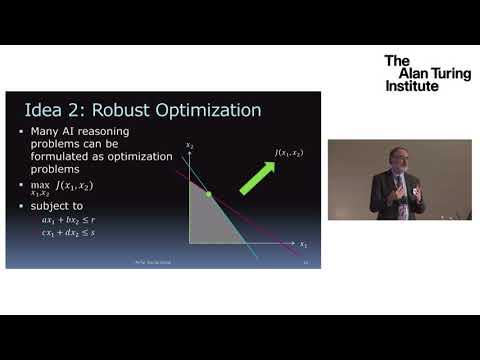Description:
Explore the critical steps towards developing robust artificial intelligence in this comprehensive lecture by Professor Thomas G. Dietterich of Oregon State University. Delve into the challenges of integrating AI technologies into high-stakes applications such as self-driving cars, robotic surgeons, and weapons systems. Examine methods for addressing known and unknown threats, including probabilistic inference, robust optimization, anomaly detection, and causal modeling. Learn about recent research on open category classification and probabilistic guarantees. Gain insights into robustness lessons from biology, decision-making under uncertainty, and the importance of employing algorithm portfolios and ensembles. Discover how to detect surprises, monitor auxiliary regularities, and use larger models to reduce the risk of unknown unknowns in AI systems.

Steps Toward Robust Artificial Intelligence - Thomas G Dietterich, Oregon State University
Add to list
#Computer Science
#Artificial Intelligence
#Machine Learning
#Data Science
#Data Analysis
#Anomaly Detection
#Probabilistic Inference